Self-power versus other-power
 |
| Amitabha: Infinite Light (Alamy) |
"Amida Manifesting in the Dharma-body of Expedient Means," Japanese painting, at The Met.
"Self-power" (Chinese zìlì 自力, Japanese jiriki) and "other-power" (Chinese tālì 他力, Japanese tariki) are key terms used to explain and define Pure Land practice in East Asian Buddhism [179].
- Main article: Other-power
It was Shandao who first argued that Amitabha's power helped take people to the Pure Land after death (previous authors having held that Amitabha created the Pure Land and it was up to an individual's own effort to make it there).
This other-power relationship was compared to how a lowly man who is accompanied by a king can enter previously inaccessible places [180].
 |
| Did Christianity just steal this idea of tariki in whole, or is it a natural devolution of religion? |
.
 |
| Whose power, my own or a magic Cosmic Buddha? |
Thus, in Chinese Pure Land, rebirth in the Pure Land arises from a cooperation of the practitioner and the Buddha [179].
 |
| 方便法身尊影: Amida's Dharma- body of Expedient Means (The Met) |
According to this view, the more that one practiced nianfo, the stronger and more enduring this bond with Amitabha became [182].
However, Chinese Pure Land masters also argued that one certainly cannot rely on self-power alone, which they denigrated as a futile effort [183]. More























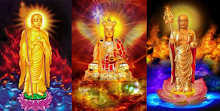



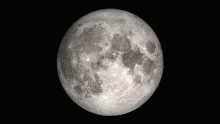















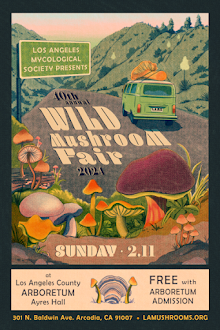

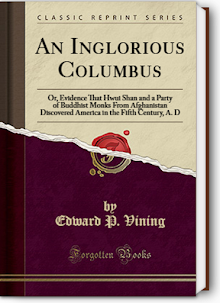













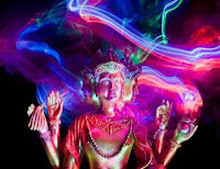









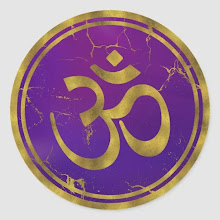





















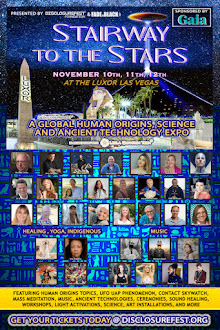
























































































































































No comments:
Post a Comment